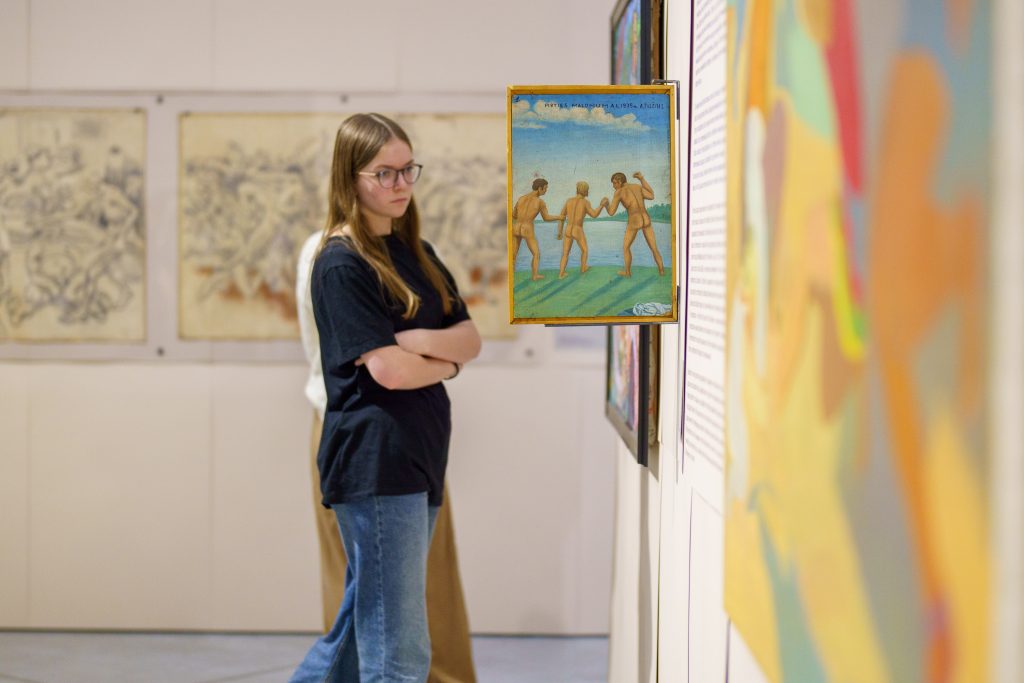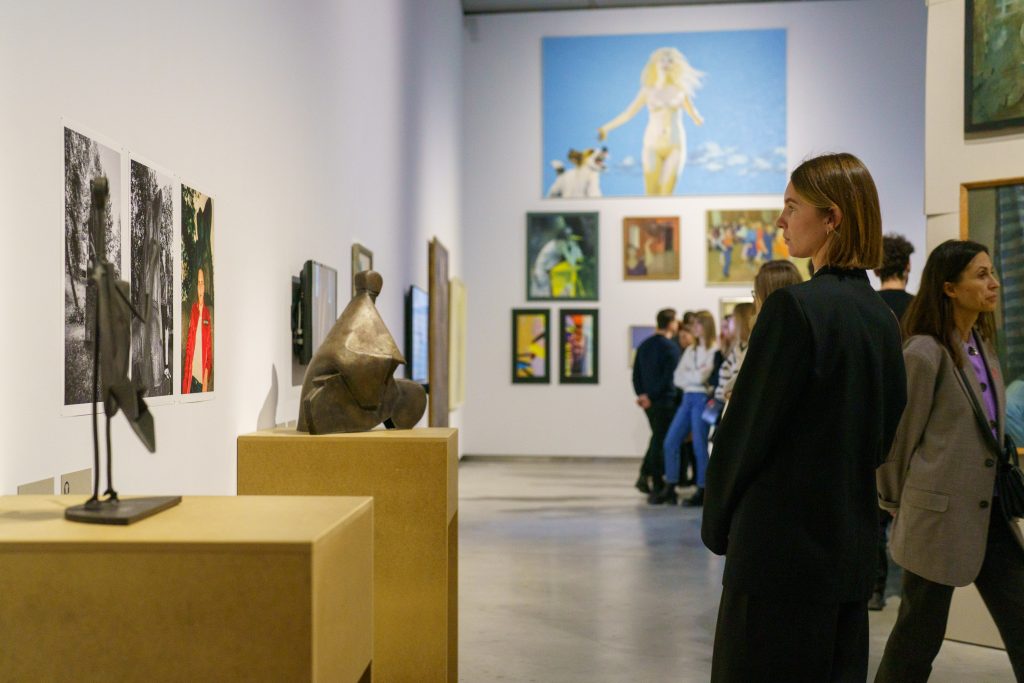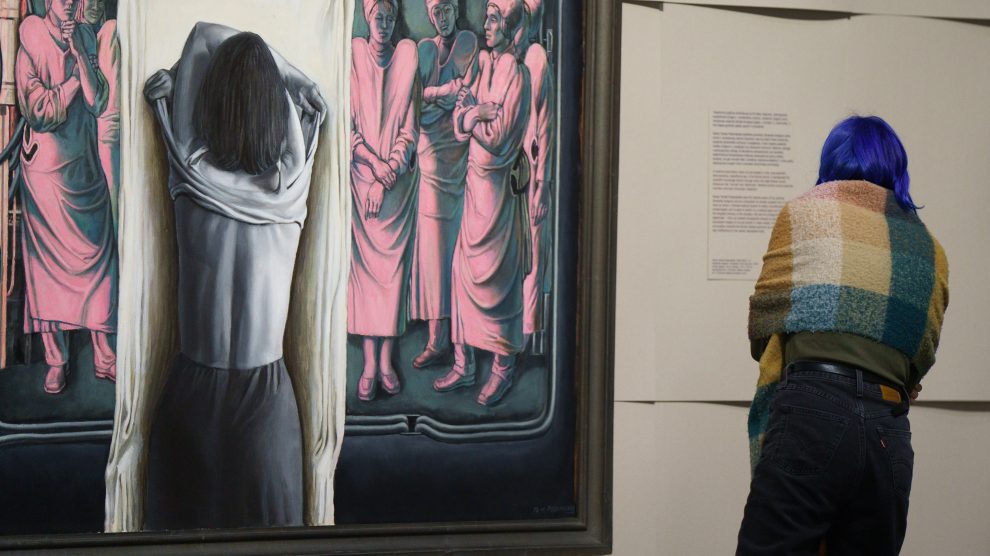The latest exhibition at the MO Museum in Vilnius focuses on sexuality, gender representations and relations in the visual art of the Baltic region from the 1960s to the present.
Curated by Inga Lāce, Adomas Narkevičius, and Rebeka Põldsam, the title of the latest exhibition at the magnificent MO Museum in Lithuania’s capital Vilnius, We Don’t Do This, is a play on Lithuanian artist Česlovas Lukenskas’ eponymously titled drawing from 1984 and the famous catchphrase that there was no sex in the Soviet Union.
Lukenskas’ statement anticipated the famous 1986 tele-bridge between the USSR and the United States, where a woman on the Soviet side remarked that there was ‘no sex’ in Soviet TV commercials.
Under Stalin, the Soviet Union became famously anti-sexual; content and discussions related to sexuality were widely censored from the public for many decades. This new exhibition asks why sex was so suppressed and what kind of love was allowed.

Through new research in Baltic art collections, re-interpretations of historical art narratives and by following recent academic writing on sexual culture in the Baltics, the exhibition explores how different the region’s public notions of intimacy, gender, love and sexuality are today.
How much are they still under the spell of the Soviet era and how have national aims changed over time?
We Don’t Do This presents nearly 300 works of art by 130 artists. Arranging pieces in thematic clusters, the exhibition features an array of intimate contemplations on and fantasies of gender, family and sexuality, marked by the ever-changing social norms throughout the Soviet era and beyond.
According to MO Museum Director Milda Ivanauskienė, the idea of exploring art through the prism of physicality, gender and sexuality has been a long time coming due to the taboo nature of these topics in our society.
“This exhibition displays works from different periods, countries and disciplines, speaking to how reality was meant to appear and what was hidden behind declarative façades, and that alternative ideas, communities, lifestyles and ways of expression always exist,” says Ivanauskienė.
“We hope this exhibition creates a safer space to explore this subject openly and without denial, reconsider it and enable constructive discussions.”
Curator Rebeka Põldsam meanwhile explains that the central focus is on the gender stereotypes and norms of the present day.
“Instead of looking chronologically, we view the artwork through themes, such as the performing of and parodying masculinity and femininity, intimate and romantic interactions and domestic life, public life, work life and leisure, among others,” she says.

The exhibition is also one of the first in the region to focus on the LGBT+ community, with some work dating back to the 1970s.
“It is very important to bring contemporary artists into this conversation, especially as younger generations are able to address things that were previously silenced,” says curator Inga Lāce.
Lāce nevertheless suggests that Lithuania could do more for the community.
“A same-sex partnership law was finally approved last November in Latvia; in the meantime, Estonia already has full marriage equality. Lithuania has yet to even establish a partnership law.”
We Don’t Do This can be seen at the MO Museum Vilnius until September 2024. Photos by Rytis Seskaitis, courtesy Go Vilnius.
Unlike many news and information platforms, Emerging Europe is free to read, and always will be. There is no paywall here. We are independent, not affiliated with nor representing any political party or business organisation. We want the very best for emerging Europe, nothing more, nothing less. Your support will help us continue to spread the word about this amazing region.
You can contribute here. Thank you.



Add Comment